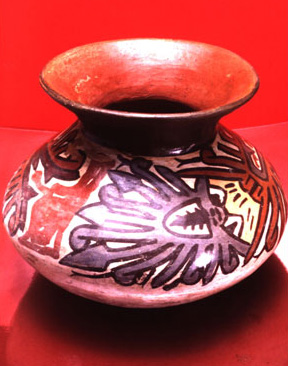
Click here to view image
Biconic vase, 125 - 225 A.D. (Nasca 6)
Unità di misura: cm
Altezza: 10.5
Diametro: 13.5
Sud America, Perù (costa meridionale)
Painted terracotta
Biconic vase with representation of heads of the "Orca Mitica"

Click here to view image
Biconic vase, 125 - 225 A.D. (Nasca 6)
Unità di misura: cm
Altezza: 10.5
Diametro: 13.5
Sud America, Perù (costa meridionale)
Painted terracotta
Biconic vase with representation of heads of the "Orca Mitica"

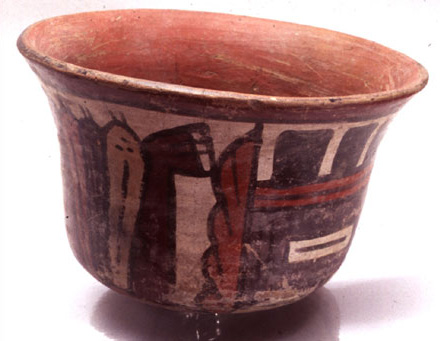
Click here to view image
Bell-shaped cup, 0 - 125 A.D. (Nasca 5)
Painted terracotta
Bell-shaped cup with representation of mythical bird and "trophy heads"

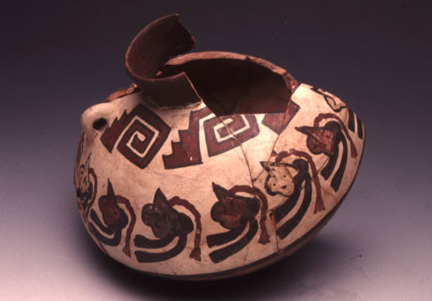
Click here to view image
Bowl, 300 B.C. - 0 (Nasca 2/3/4)
Painted terracotta
Bowl with representation of "trophy heads"

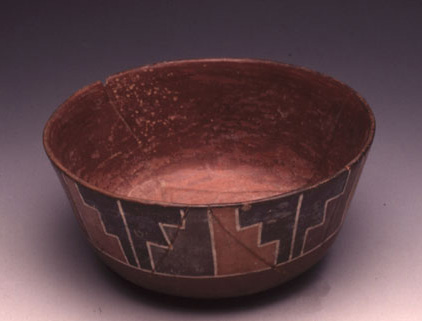
Click here to view image
Bowl, 400 - 300 B.C. (Nasca 1/ Tiawanaku)
Painted terracotta

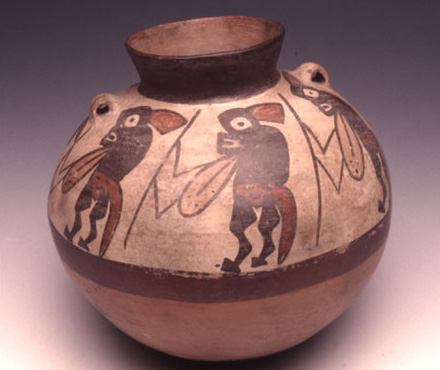
Click here to view image
Globular vessel, 300 B.C. - 0 (Nasca 2/3/4 )
Painted terracotta
Globular vase with representation of beings per half' man and half' insect and "trophy heads"

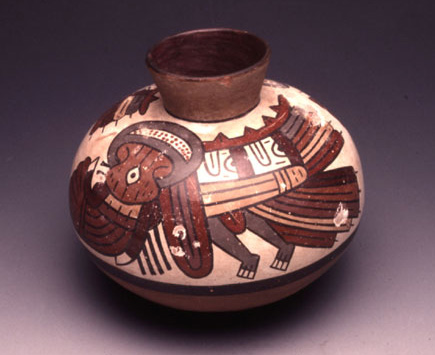
Click here to view image
Globular vessel, 125 B.C. - 0 (Nasca 4)
Painted terracotta
Globular vase with representation of the "Mythical Bird" and "trophy heads"

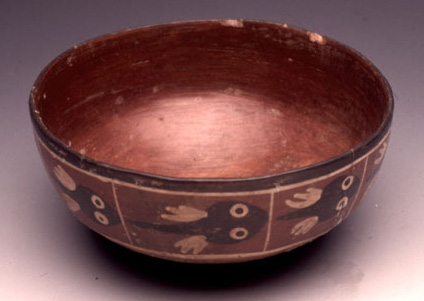
Click here to view image
Keeled bowl with painted rays, 300 B.C. - 0 (Nasca 2/3/4)
Unità di misura: cm
Altezza: 9
Diametro: 17.5
Perù
Painted terracotta

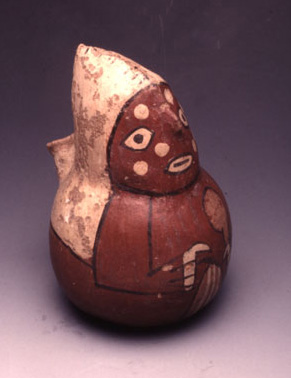
Click here to view image
Anthropomorphic vase, 0 - 125 A.D. (Nasca 5)
Painted terracotta
Anthropomorphic vase depicting a male figure in a hooded mantle playing a percussive instrument and holding a rattle.

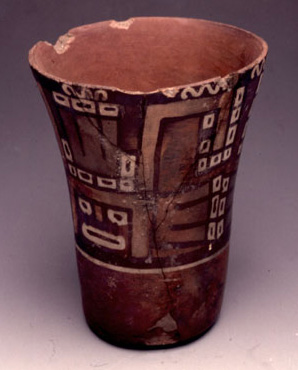
Click here to view image
Glass, 900 - 1100 A.D. (Coastal Tiawanaku)
Painted terracotta

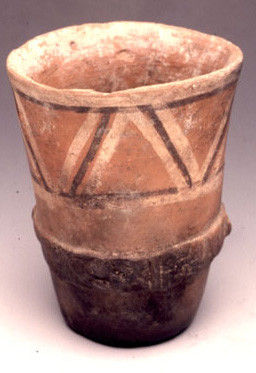
Click here to view image
Glass (Tiawanaku)
Painted terracotta




Headquarters:
Municipality of Genoa - Palazzo Tursi
Via Garibaldi 9 - 16124 Genoa
C.F / VAT 00856920102